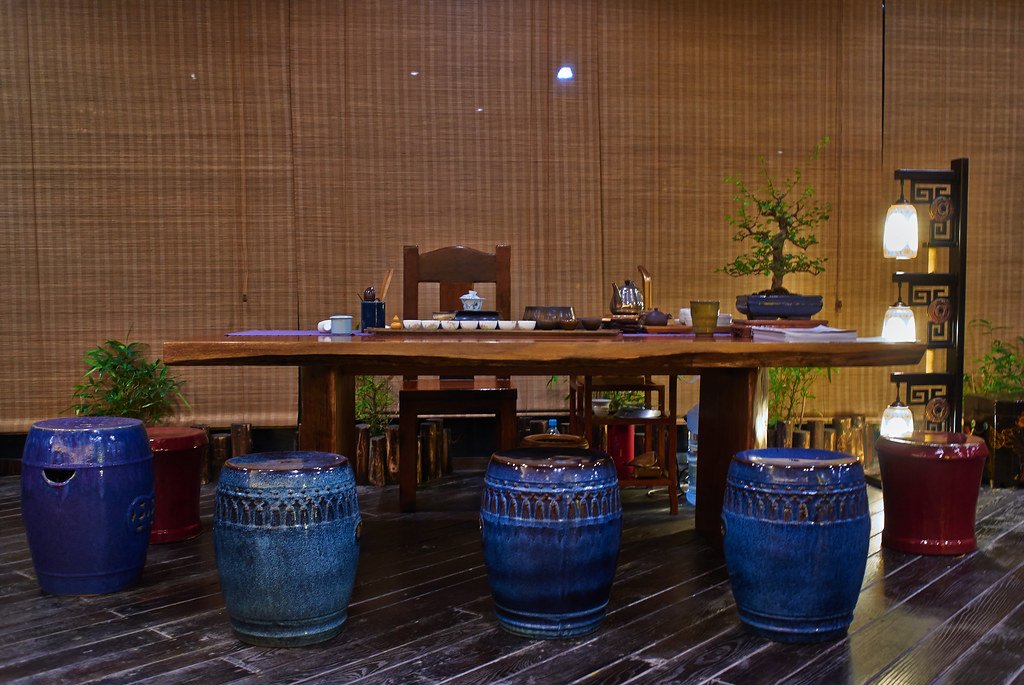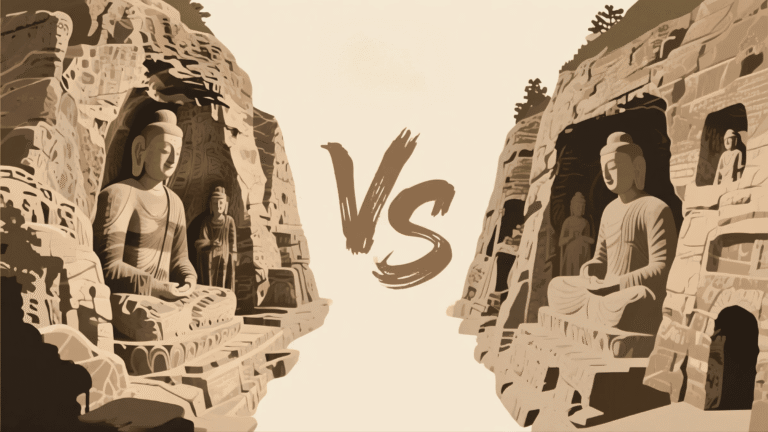Discover the World of Chinese Tea: A Traveler’s Guide

When you think of China, the Great Wall, ancient temples, and bustling cities might come to mind. But there’s another cultural treasure that’s equally significant: Chinese tea. This guide will immerse you in the rich world of Chinese tea, enhancing your journey through China.
Table of Contents
The Origins of Chinese Tea
Chinese tea culture has a history spanning over 4,000 years. The story begins with the legendary Emperor Shen Nong, who discovered tea accidentally. Today, tea is a staple in Chinese daily life, offering a blend of flavors and health benefits.
Types of Chinese Tea
China is home to a diverse range of teas. Each type offers unique flavors and aromas. Let’s explore the main varieties:
Chinese Green Tea
Chinese green tea is the most popular and oldest type. Its leaves are picked, dried, and pan-fried to prevent oxidation. This process preserves the fresh, grassy flavor. Notable green teas include Longjing (Dragon Well) from Hangzhou and Biluochun from Jiangsu.

Black Tea
Black tea, known in China as “hong cha” (red tea), is fully oxidized, giving it a dark color and rich flavor. Famous black teas include Keemun from Anhui and Dianhong from Yunnan. These teas are robust and often have malty or fruity notes.

Oolong Tea
Oolong tea is partially oxidized, bridging the gap between green and black teas. This gives it complex flavors and aromas. Famous oolong teas like Tie Guan Yin (Iron Goddess) from Fujian and Da Hong Pao (Big Red Robe) from the Wuyi Mountains are must-tries.

White Tea
White tea is the least processed. The young tea leaves are simply dried, preserving their delicate flavor and high antioxidant content. Bai Mudan (White Peony) and Silver Needle are two exquisite white teas from Fujian province.

Pu Erh Tea
Pu erh tea is unique due to its fermentation process. Aged for several years, it develops deep, earthy flavors. Originating from Yunnan, pu erh is often sold as compressed cakes or loose leaf.

The Art of Tea Preparation
Understanding the art of tea preparation is essential for a genuine experience. Here’s a simple guide to brewing the perfect cup:
Choosing the Right Tea Leaves
Select high-quality loose leaf tea. Freshness is key, so buy from reputable sources. Each type of tea has its optimal brewing temperature and time.
Using Proper Teaware
The teapot matters. Yixing clay teapots are perfect for oolong and pu erh teas, while porcelain is ideal for green and white teas. Using the right teaware enhances the flavor and aroma.

The Brewing Process
- Warm the teapot: Rinse it with hot water.
- Measure the tea: Use about one teaspoon per cup.
- Control the water temperature: Boiling water for black and pu erh teas; 80-85°C for green and white teas.
- Steep time: Varies by tea type. Green tea typically needs 2-3 minutes, while pu erh can steep for 5 minutes or more.
- Enjoy multiple infusions: High-quality teas can be steeped several times, revealing different flavors with each infusion.
Visiting Chinese Tea Plantations
No trip to China is complete without visiting a tea plantation. Experience firsthand the journey from leaf to cup.
Top Tea Regions
Hangzhou
Home to the famous West Lake Longjing tea, Hangzhou offers beautiful plantations and rich cultural experiences.
Fujian Province
Fujian is renowned for its oolong and white teas. Visit the Wuyi Mountains for Da Hong Pao and Anxi County for Tie Guan Yin.
Yunnan Province
Known for its ancient tea trees, Yunnan produces excellent pu erh tea. Explore plantations around Xishuangbanna for a unique adventure.

What to Expect on a Tea Tour
Tea tours typically include guided walks through the plantations, demonstrations of tea picking and processing, and tastings. Some tours also offer the chance to participate in traditional tea ceremonies.
Health Benefits of Chinese Tea
Chinese tea is not only a cultural delight but also a health elixir. Rich in antioxidants, it can boost metabolism, aid digestion, and improve mental alertness. Green tea, for instance, is known for its weight loss benefits, while pu erh tea is praised for lowering cholesterol.

Tips for Buying Authentic Chinese Tea
When purchasing tea, ensure authenticity. Here are some tips:
- Buy from reputable shops: Avoid tourist traps; seek out specialty tea stores.
- Check for quality: Fresh, high-quality tea leaves are aromatic and vibrant in color.
- Ask for samples: Taste before you buy to ensure it meets your preferences.
Embrace the Tradition
Chinese tea culture is a journey of discovery. Whether you’re a casual drinker or a tea enthusiast, exploring this ancient tradition will enrich your travels in China. From the bustling streets of Beijing to the serene landscapes of Fujian, let the world of Chinese tea be your guide.
Exploring Chinese tea adds a rich, flavorful dimension to your travels. By immersing yourself in this ancient tradition, you’ll gain a deeper appreciation for China’s culture and history. Enjoy your tea journey!







